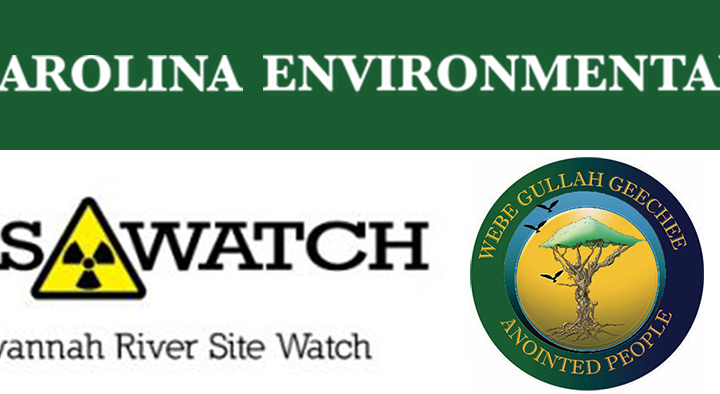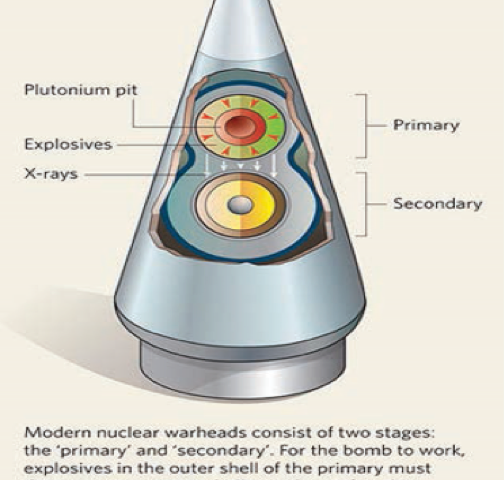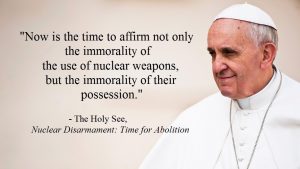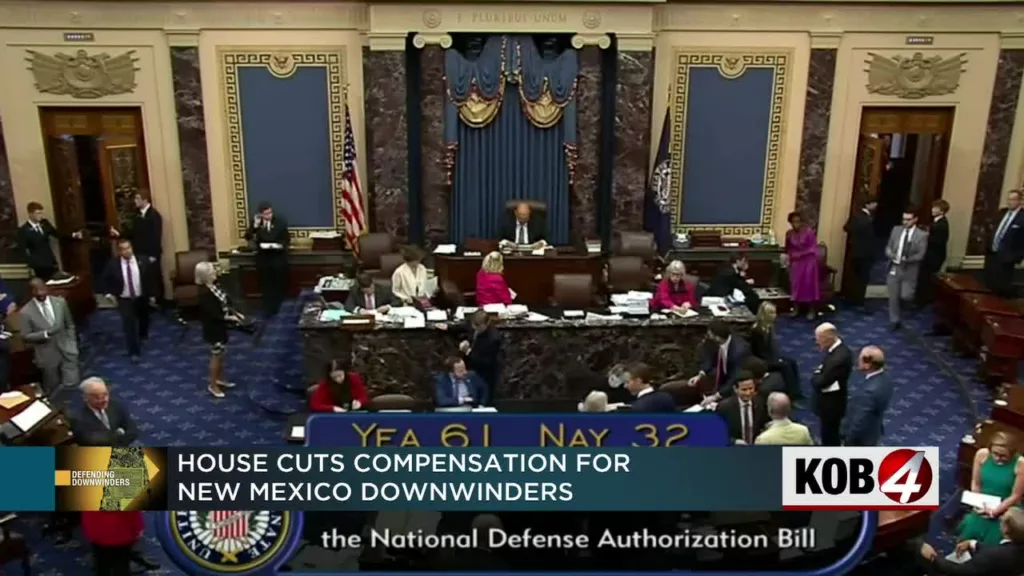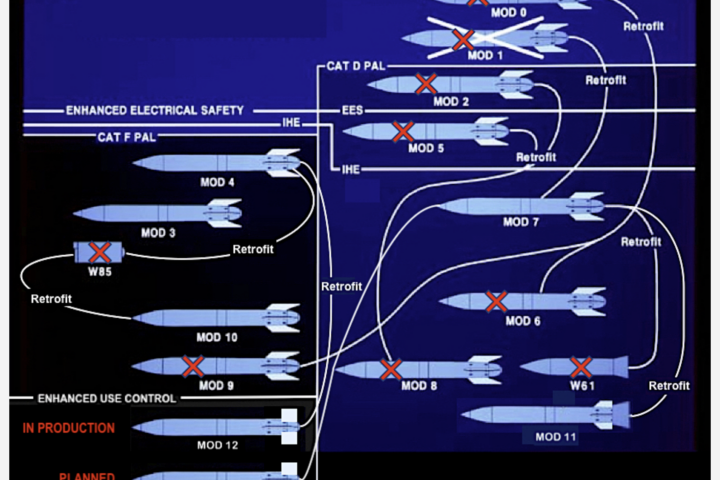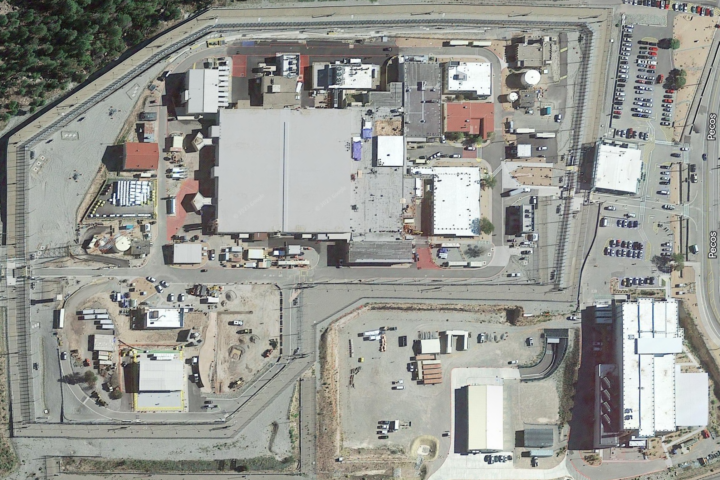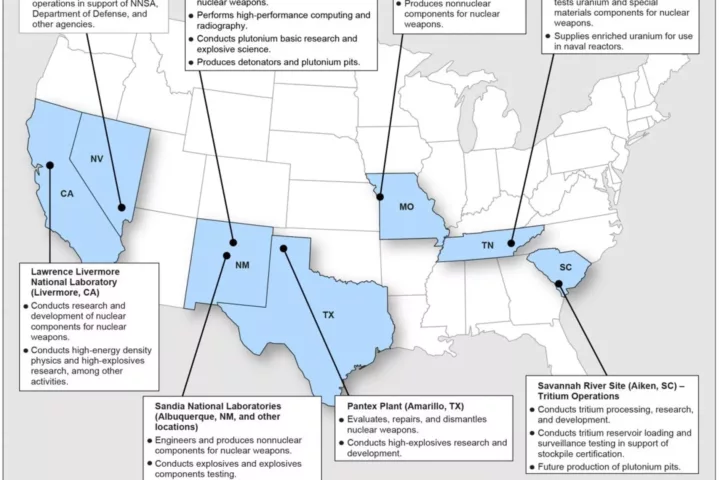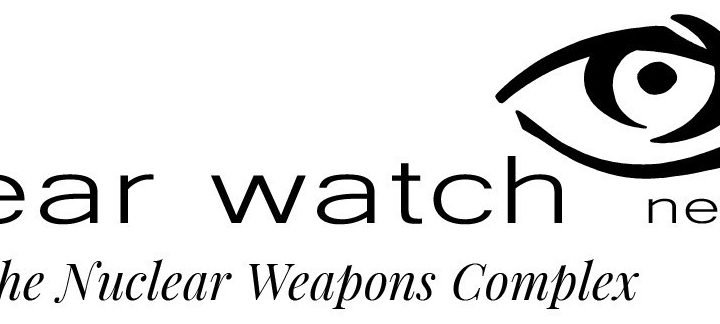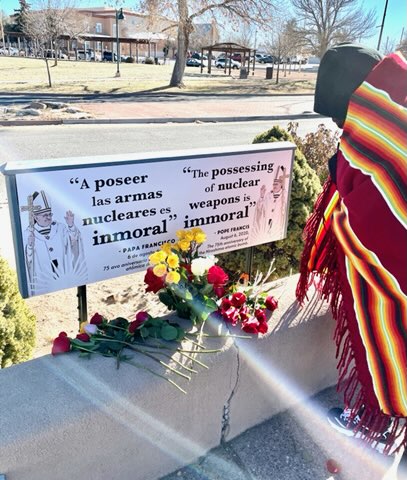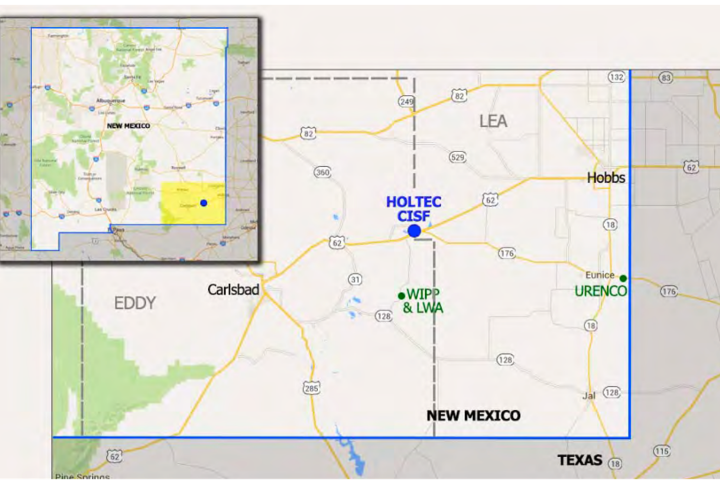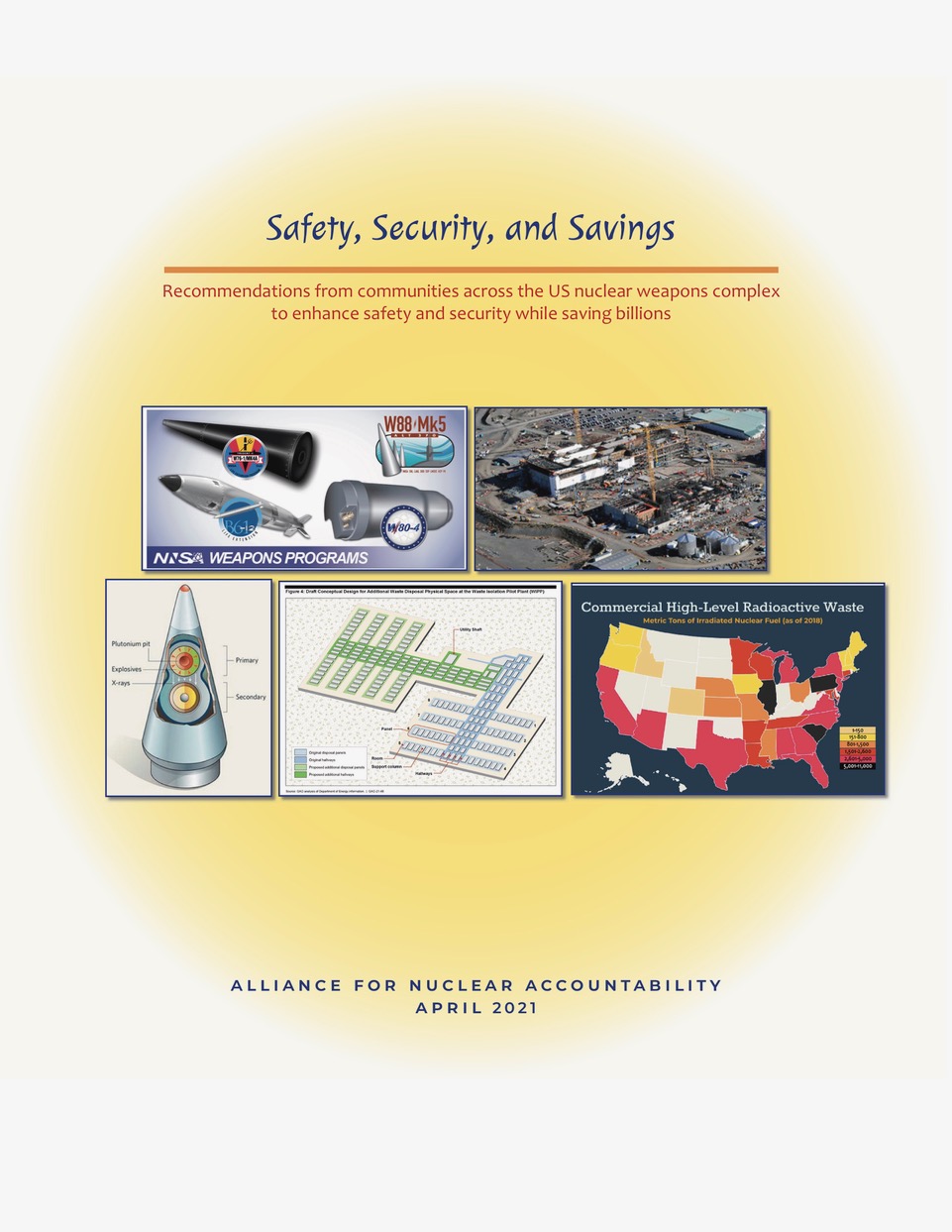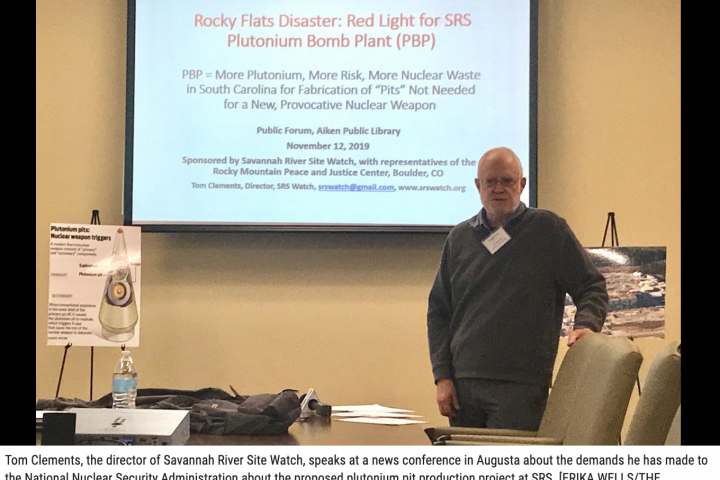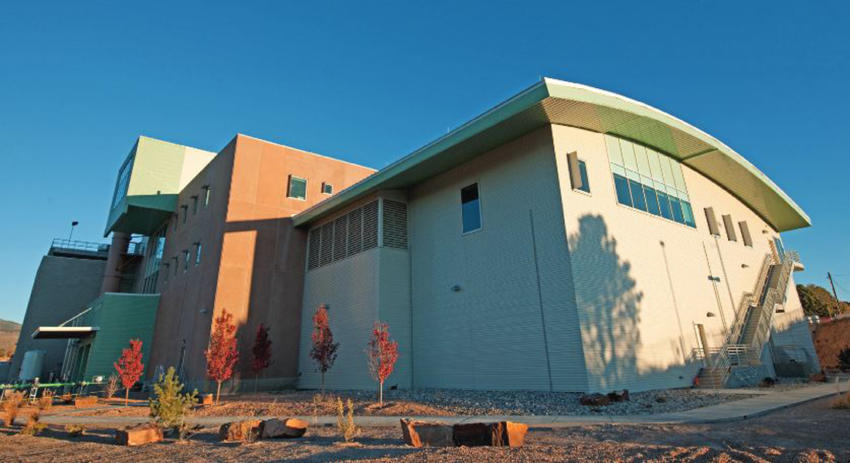The LANL Director mentioned Non-proliferation is a big part of their work. However, the Nuclear Nonproliferation program budget is a mere 6.5% of the total Lab budget (Nuclear Weapons is 84%, with a Billion dollar increase for FY26). https://nukewatch.org/wp-content/uploads/2025/09/FY26-Lab-Table-spreadsheets-Chart-1.pdf Nuclear Nonproliferation is a valuable program that LANL does well, and its funding should not be cut to provide more money for nuclear weapons production (literally the opposite of nonproliferation). The Nuclear Nonproliferation budget should be increased, especially if the Lab director agrees on its importance. NukeWatch NM is entirely supportive of LANL’s Sealed Sources program, which serves as the nation’s lead for collecting potentially dangerous radioactive materials that are no longer needed, securing them, and ensuring they don’t fall into the wrong hands, protecting communities and enhancing security.
On the discussion of AI missions at the lab:
The lab is partnering with NVIDIA for their hardware and ChatGPT/Open AI for their models. “The goal is to harness the power of the next evolution of high performance computing and apply it to our national security science and technology. Big development on this front is the “genesis” mission…” and in an answer to a question, want to “use artificial intelligence to [for example] help us develop the molecules that could deliver a therapeutic isotope to a cancer cell with high specificity so that when that undergoes radioactive decay the decay products basically kill the cancer cell but no surrounding tissue”
Again, the lab’s nuclear weapons budget ate up almost all else this year – how does the lab propose to work on this kind of work when its’ science budget is less than 1%? How will this advancement of AI be applied to our national security science and technology in terms of nuclear weapons? NukeWatch has serious concerns and questions regarding the tangible risks associated with integrating commercial AI infrastructure to be with active national security and nuclear defense programs. Beyond this, a $1.25 billion advanced computing campus is planned in Michigan to support far-away Los Alamos Lab in high-performance computing and AI research.
Continue reading


